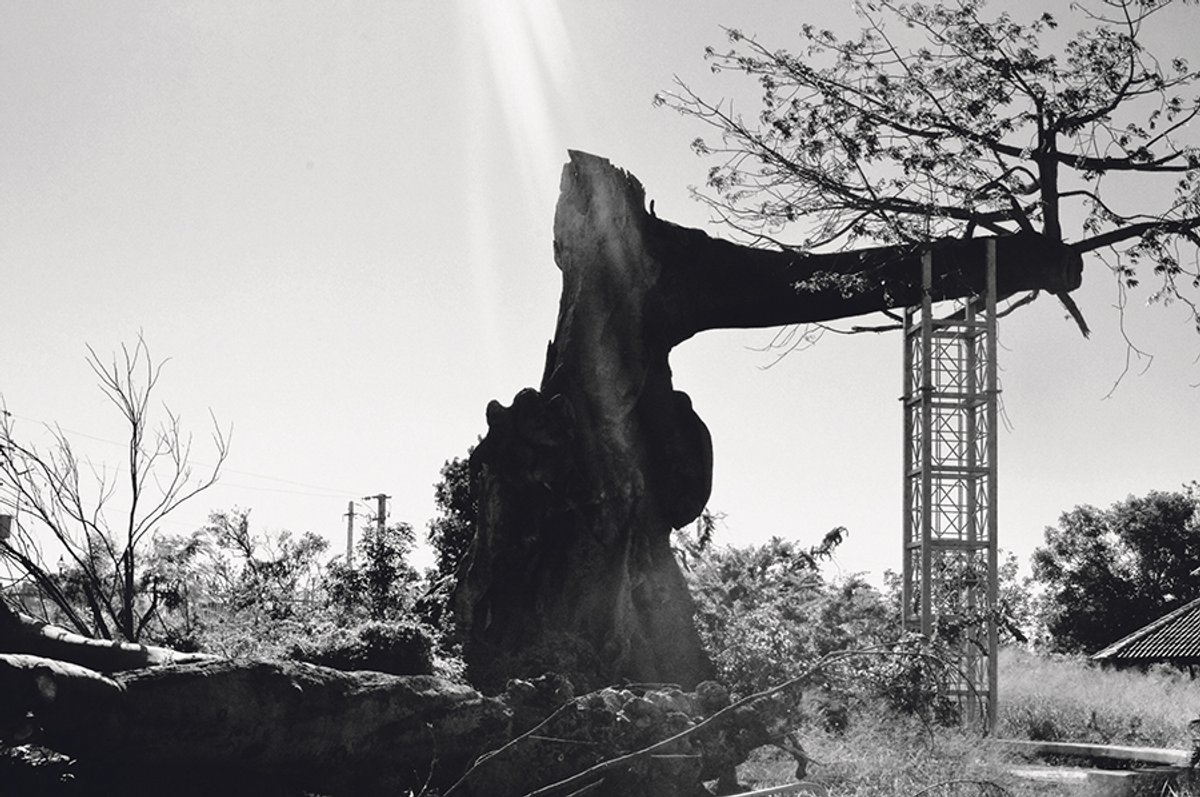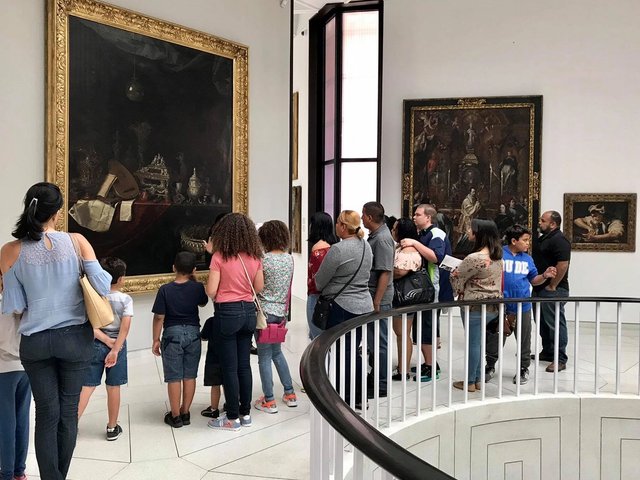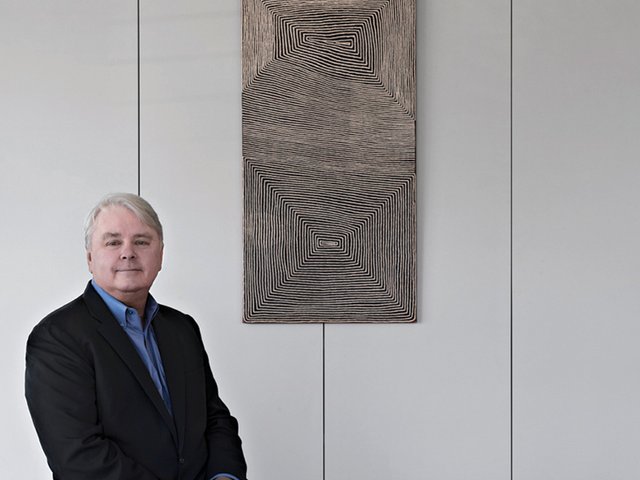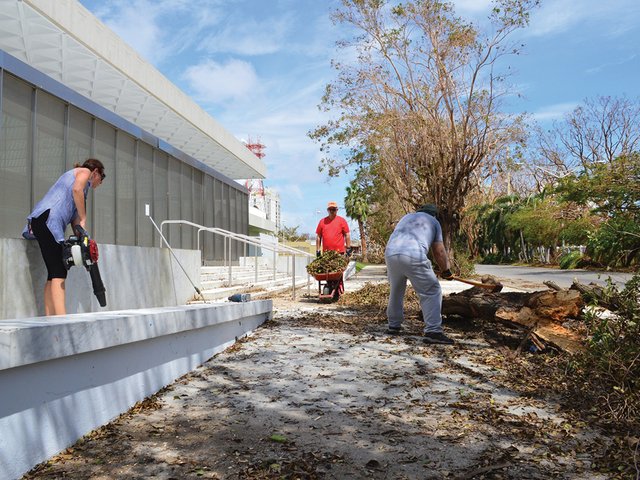Hurricane Maria made landfall in Puerto Rico on 20 September. By coincidence, on that same day we happened to be reading An Episode in the Life of a Landscape Painter by the Argentine novelist César Aira, a harrowing account of the electrocution by lightning of the 19th-century landscape painter Johann Moritz Rugendas.
Rugendas and his horse had been travelling across the wide expanses of the Argentinian Pampas when they were overcome by a massive squall. In the infinitely diminishing intervals of an instant, the storm, conjured out of statically-charged air and the heat radiating from earth, concentrated its power into a sudden bolt of electricity that grounded itself through Rugendas’s body, turning it into a lightning-rod, flash-point, shock-magnet.
He was travelling there as a physiognomist of the Latin American landscape, determined to capture its alien flesh for a European gaze. Instead, his own skin was literally torn off by the lightning strike, leaving his senses utterly exposed to interface with an incommensurable world.
Long after the incident, whenever the slightest stimuli hit his sense-receptors, supersonic waves of signals would detonate throughout the artist’s body. The sheer magnitude of the pain would bring him to the floor and would often cause him to lose consciousness altogether. Rugendas never fully recovered from the moment the landscape captured him.
Hurricanes Irma and then Maria, constellations of electrical charges of a different form and consequence to the storm that changed Rugendas’s life, came into being both within and outside the Caribbean archipelago. Beginning in the warm Atlantic waters at the edge of the western hemisphere, they plowed their way across the vast ocean, sucking and spewing moisture and air, making furrows into the surface of the mountain ranges, plateaus and sand bars that they encountered.
The furious meteorological system not only denuded tropical landscapes and destroyed human infrastructure, it unsheathed the epidermal psyche of an entangled and hybrid conjuncture of people, processes, technologies, flows, accumulations, identifications, cosmologies, fantasies, aggressions, influences, and exploitations. Wounded sovereignties were uncovered. Colonialisms and racisms were made acutely perceptible.
Two months since the storm, Puerto Rico remains a landscape of shock in every sense; recovery appears as an uneven patchwork of grafts and prostheses to the body of the island. Electricity flickers on and off while disaster capitalists circle overhead. The outer skin of individual bodies takes around a month to regenerate itself, but the deeper layers of our corporeal infrastructure do not replace themselves. Power generation requires circuits of solidarity and hubs of energy, especially in the most precarious points of a landscape already decimated by 500 years of colonial and neo-colonial rule.
Money or provisions can be sent to:
Roberto Rabin, Committee for the Rescue and Development of Vieques, Incubadora Microempresa Bieke (Vieques Micro Incubator), Radio Vieques, PO Box 1424, Vieques, Puerto Rico 00765
Email robert.rabin@cprdv.org
Friends of Vieques,
Two months after Mariam, we continue the process of recuperation in our homes, schools and workplaces… solidarity groups from Puerto Rico and the diaspora have sent large quantities of provisions, but we still need help—especially the poorest families who often don’t benefit from government or private assistance efforts. We need: insecticide (spray and/or cobra coils), batteries of all sizes, solar lights, canned meats and tuna, mosquito nets, small AM/FM radios and triple antibiotic cream. Monetary donations are also welcome, to cover basic costs for transport to the main island, prescriptions, etc.
In struggle, in solidarity
Roberto Rabin





